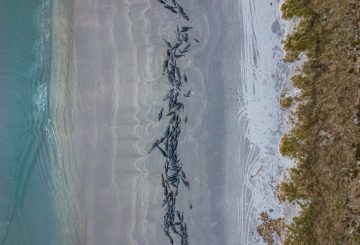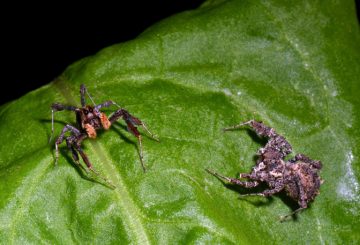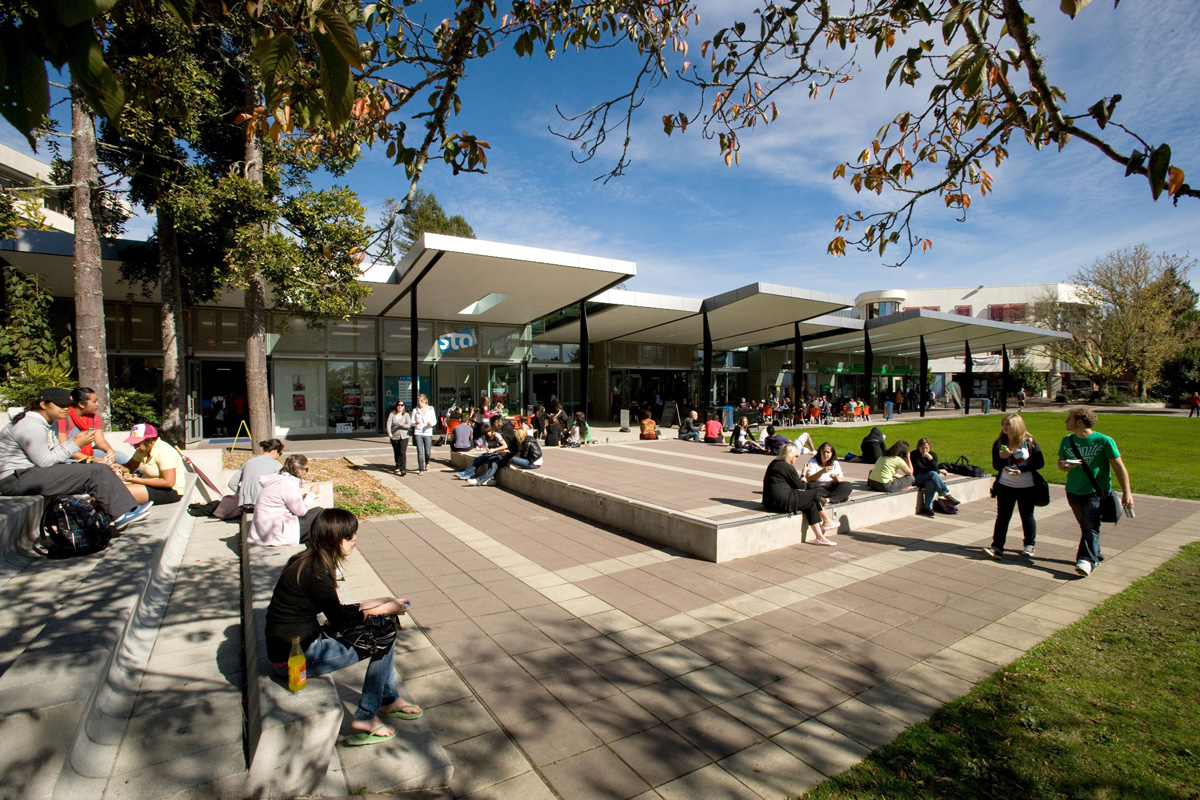The SailGP racing event in Lyttelton, scheduled for the weekend, had to be cancelled on its first day due to the sighting of a dolphin on the course. The race was supposed to start at around 3 pm, but was delayed and eventually called off when the dolphin did not leave the area even after two hours.
Andy Thompson, SailGP’s managing director, called it “a tough day” for the sailors and fans alike. He expressed hope that the conditions would be better the next day for the F50s to race and satisfy the fans.
Prior to the event, concerns had been raised about Hector’s dolphins, which are listed as nationally vulnerable. Two of these dolphins had been seen within 300 meters of the boats during the final race in 2023. Despite being asked to stop the race, the event director allowed it to continue. This led to the appointment of an independent decision-maker for this year’s event, whose job is to stop the race if any dolphins are seen.
The event’s mammal management plan states that racing cannot resume until at least 20 minutes have passed since a dolphin was last seen within the race zone. This is because boat strikes are likely to be fatal to dolphins.
The cancellation of the race sparked frustration among fans, who expressed their disappointment on SailGP’s social media channels. Despite this, Grace Uivel from Ata Ceramics praised the event, stating that it had been wonderful for the town and had brought a lot of friendly visitors.
However, SailGP’s chief executive, Russell Coutts, said the event would not return to Christchurch next year due to “minority interests” making things too difficult. Uivel disagreed, stating that both the community and SailGP had worked well with local hapū Ngāti Wheke and the Department of Conservation.
Coastal advocate Genevieve Robinson argued that the race should not take place at all during this time of year, as it is the prime calving season for Hector’s dolphins. She noted that these dolphins are very vulnerable at this stage and that human activities, such as fishing, are adding to the pressure on their population. According to the Department of Conservation, 17 Hector’s dolphins have died in the South Island since September, with 10 of those deaths caused by commercial fishing trawlers.





























































